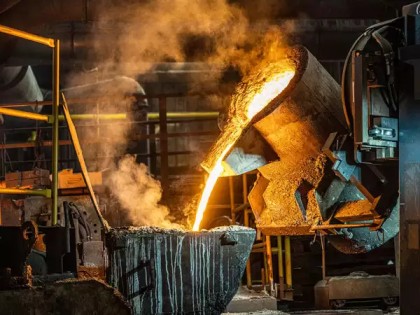India–US Trade Tensions Rise Over Steel and Auto Tariffs NMDC Limited reports a 38% drop in Q4 FY24 consolidated net profit RINL to Raise $23 Million Through Land Sales Amid Crisis

Steel Secretary Nagendra Nath Sinha mentioned during a national workshop conducted in Vigyan Bhawan that the steel industry must serve as "trustees of the Earth" and commit to decreasing emissions and promoting sustainability. Sinha emphasised the pressing issue of India’s steel industry emissions being 25% higher per tonne than the global average, attributed to the lack of natural gas and poor quality iron ore that requires additional processing.
During his speech, Sinha defined the challenges facing the industry, including the limited availability of domestic scrap, which stands at only 20-25 million tonnes. He pointed out the collaborative efforts between the Ministry of Mines and the Ministry of Environment, Forest, and Climate Change focused on the beneficiation of low-grade iron ore to improve its suitability for steelmaking.
"While the Ministry will continue to provide guidance and nudge, it is imperative that the steel industry itself takes up the mantle as trustees of the Earth to work towards reducing emissions and promoting sustainability," Sinha stated at the workshop. He emphasised that substantial control over emissions exists within the industry, particularly since 90% of emissions originate from within the factory gates (Scope 1).
Speaking at the workshop, Secretary at the Ministry of Environment, Forest and Climate Change Leena Nanda, highlighted India's updated Nationally Determined Contributions (NDCs) for 2030, which aim for a 45% reduction in emission intensity of the economy and a target of sourcing 50% of energy from non-fossil fuels.
"India’s commitment is reflected in our ambitious national goals and the steel industry's efforts must align with these to ensure substantial progress," Nandan added. The workshop also introduced tools like the Marginal Abatement Cost Curve toolkit, designed to help companies measure and prioritise carbon emission reduction technologies effectively.
Also Read : Govt projects biggest power shortfall in 14 years in June Road ministry to build 50,000 km of new, access-controlled, expressways